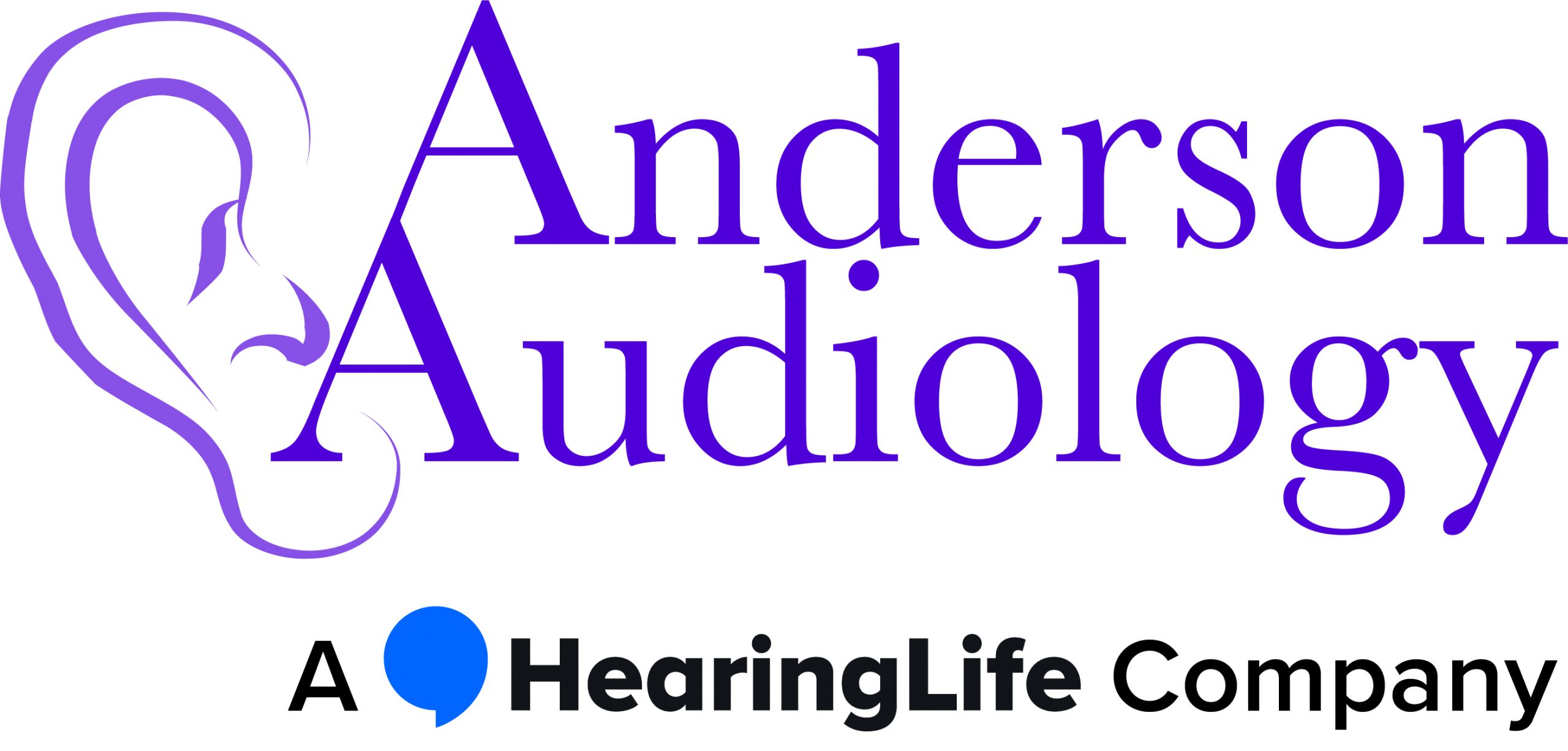Occupational Noise Exposure: What You Should Know
One of the biggest and most notable impacts on our hearing throughout our lives is often associated with workplace or occupational noise exposure. From construction sites to event venues, emergency response industries, even manufacturing and countless other lines of profession, your exposure in the workplace can have a serious impact on your hearing throughout your career.
The Center for Disease Control (CDC) estimates that up to 22 million workers in the US are exposed to potentially dangerous noise at work. Understand what your rights are with this guide for preventing occupational hearing loss.
Preventing Occupational Hearing Loss – A Guide
While casual exposure in your day-to-day life is sometimes unpreventable, you should feel confident when heading to work for your shift that noise induced hearing loss won’t be a direct result of your place of work.
Employers are required to provide employees with the required personal protective equipment (PPE) to ensure they are best protected against hazards in the workplace. One of these hazards is the risk of workplace hearing loss. Below are some tips you can utilize to help protect your hearing, and ensure you maintain your healthy, optimal hearing levels for decades to come.
- Ask your employer what their monitoring protocol is. Anything at or over 85 dB in a concurrent 8-hour shift, or noise levels that fluctuate in range from 85 dB to 130 dB over the course of an 8-hour shift must be monitored to ensure proper PPE is provided to employers.
- Inquire about audiometric testing – This is a testing system that monitors an employee’s hearing levels over the course of employment. Employees who are exposed to 85 dB or more over the course of 8 hours should be tested regularly to ensure that employee PPE and occupational hearing protection programs are in place and succeeding.
- In the event that an employee is exposed to the baseline minimum for occupational noise exposure (anything at or over 85 dB in a concurrent 8-hour shift, or noise levels that fluctuate in range from 85 dB to 130 dB over the course of an 8-hour shift) must be provided or fitted with the appropriate hearing loss prevention equipment – this could be ear plugs inserted into the canal, earplugs that are partially inserted into the ear canal but held in place by a head piece, or ear muffs, which consist of sound canceling material and ear cushions.
- Any hearing protection your employer provides you should be rated for the volume of work you’re being exposed to.
- Be proactive – if you notice a change in your hearing and think it may be associated with exposure to occupational noise in your workplace, alert your management immediately.
- Help instill safe workplace practices – when working in loud environments, be sure to help reinforce safety policies for preventing occupational hearing loss and other possible safety hazards. Lead by example to help prevent hearing loss in coworkers.
- Evaluate any time your exposure, procedures or environment change. If a new piece of equipment is brought online, make sure it does not require a higher level of hearing protection.
Occupational noise is one of the leading causes of noise exposure hearing loss. The unfortunate part is that in many cases this risk can be avoided. To help mitigate or completely stop workplace hearing loss, you’ll need to be attentive and observant of your own auditory health, and be sure to request the proper PPE and testing while on the job.
If you’d like to determine if your workplace meets safe noise levels, there are apps that can help. The National Institute for Occupational Safety and Health (NIOSH) Sound Level Meter App is one app you may want to consider.
Trust the Experts at Anderson Audiology
If you’d like more information about occupational hearing loss, come in and meet the Anderson Audiology team. Call us today on 702-997-2964. Alternatively, click here to request an appointment online.
